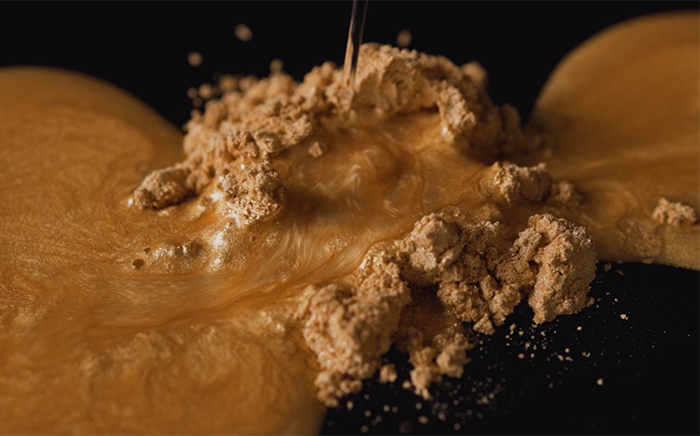Have you ever felt captivated by those cereals with one hundred colours on the shelf of the supermarket? Or, choosing between two products, you finally bought the one with the brighter colour? That is no by chance: it is the power of colours, one of the main things to make food look attractive. The colour matters and that is why food colouring exists. Let’s learn a bit more about it.
In the kitchen, how our recipes look is also important. That is why we use food colouring, an additive to modify or add colour to food. Who doesn’t feel attracted to eat a piece of food by the way it looks?
What types of food colouring exist?

There are mainly two types of food colouring, classified by origin:
We have natural colours, those we can naturally find in food, like caramel, spirulina, or chlorophyll, among others.
But, on the other hand, we also find artificial colours, those added to food during food pre-processing. You probably have seen this type of colouring nearby spices in the supermarket, and maybe you even have some at the bottom of your larder.
You can’t colour everything
Colours cannot be added to all kind of food, except when laws specify the opposite in the products. Food that cannot contain any dye is milk, eggs, flour, fruits, pulses, and vegetables.
Home-made and natural colouring

Nature is a source of health… and colours, so use it to create your own food colouring like these:
- Dry orange peel or spinach leaves in the microwave, between absorbent paper sheets. Heat with 30 seconds intervals. Then, ground the ingredients with a mill.
- If you are looking for liquid colours, you can grind 100 g of beetroot with 50 ml of water.
You can use these techniques with different colours and ingredients. You just have to use it later in your recipes and wait for the colours to come out.